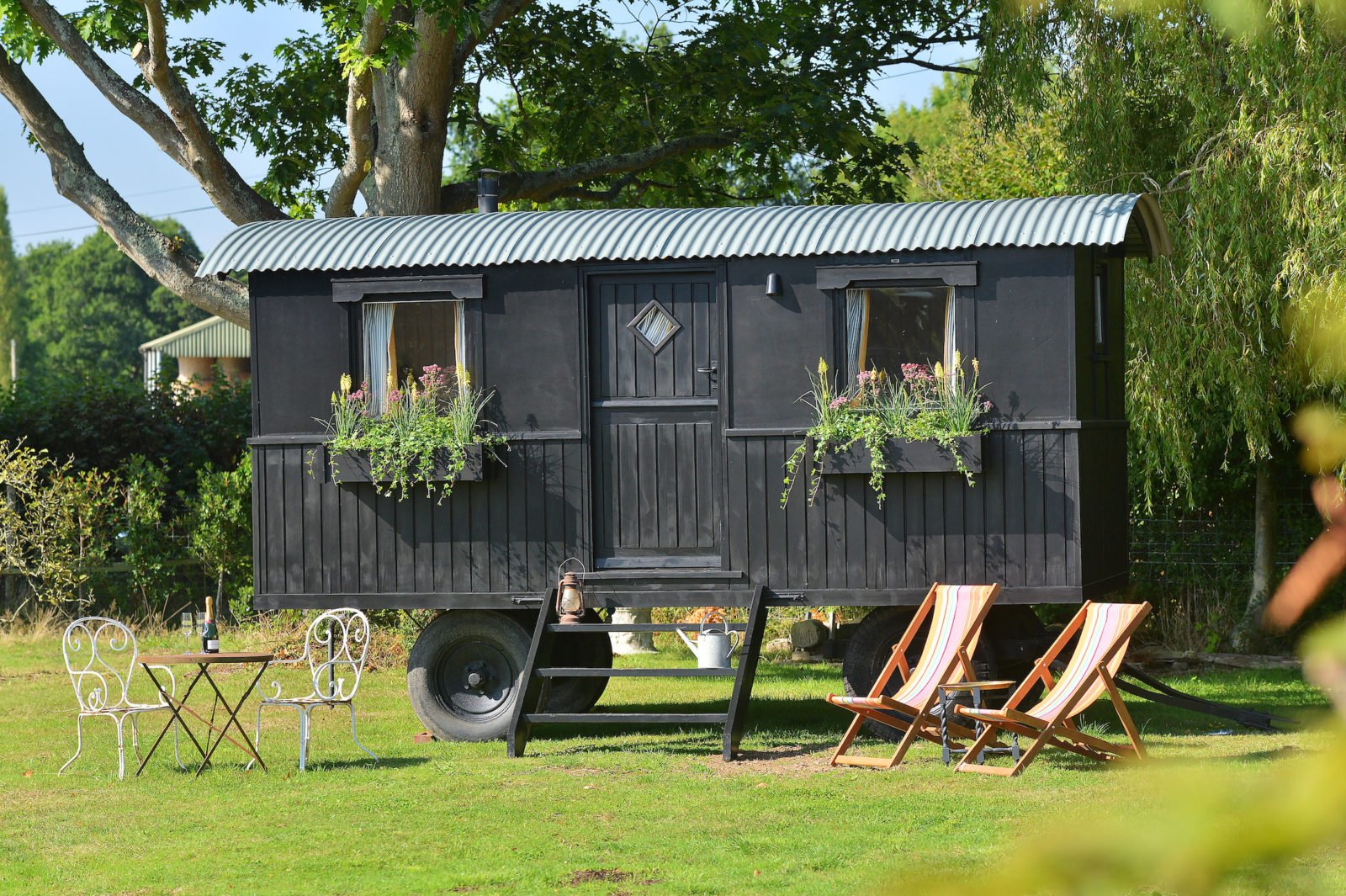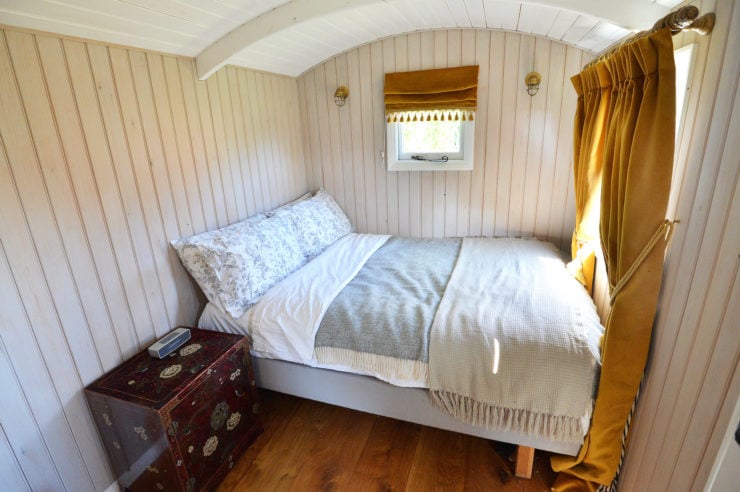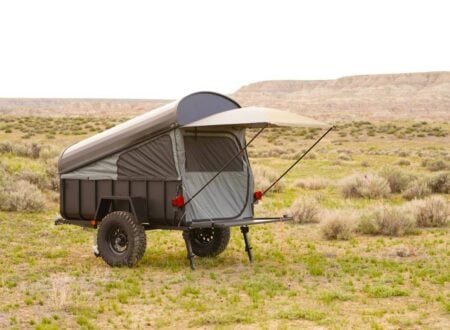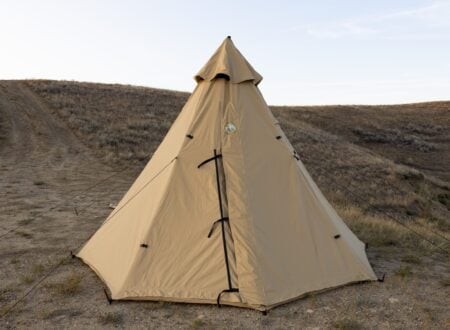This shepherd’s hut was handmade by an English joiner working in his medieval barn workshop in Sussex. It has solid oak floors, a traditional corrugated iron roof, and fittings that were carefully selected for period correctness.
Traditional shepherd’s huts have become increasingly popular as they offer a way to quickly increase living space for people with backyards or farms, or estates. In many jurisdictions they’re also exempt from requiring council planning permission.
Fast Facts – Shepherd’s Hut
- Shepherd’s huts have been used in Europe since the 15th century, typically during sheep raising and lambing seasons by farmers and shepherds who needed to be closer to their flocks.
- Over time the concept of the shepherd’s hut was modified into what we now call the travel trailer or caravan, similar looking houses on wheels that are typically towed behind a car or SUV.
- In recent years the classic shepherd’s hut has been making a comeback, particularly in the UK and Europe, as an additional living space or room for guests.
- The shepherd’s hut you see here was handmade in England by a classically-trained joiner, it’s well detailed throughout and it’s due to cross the auction block with Historics Auctioneers. The price guide is £18,000 – £25,000 which is approximately $20,800 – $28,900 USD.
The Shepherd’s Hut
An early text from 1596 includes the sentence “the Shepheard hath his cabin going upon a wheel for to move here and there at his pleasure” – it’s believed to be the first ever reference to the existence of the shepherd’s hut.
Before long shepherd’s huts would be a common sight in the fields of sheep farms across England, Wales, and Scotland and across the channel in France. They were used by shepherds and farmers as a mobile home-away-from-home that allowed them to sleep out near their flocks.
Shepherd’s huts were particularly useful during sheep raising and lambing seasons, though they began to decline in popularity as the 20th century progressed and access to tractors and other means of transportation became more common.
Back in the 15th century shepherd’s huts were largely made from locally sourced wood, they were simple affairs that offered only the bare essentials, typically a bed or sleeping mat, a wood stove for warmth and cooking, a door, and a window on each of the four sides so the shepherd could see the flock.
As time went by the accommodations improved, more modern examples often have sinks with running water, some have toilets, and some even have air-conditioning and showers with hot water.
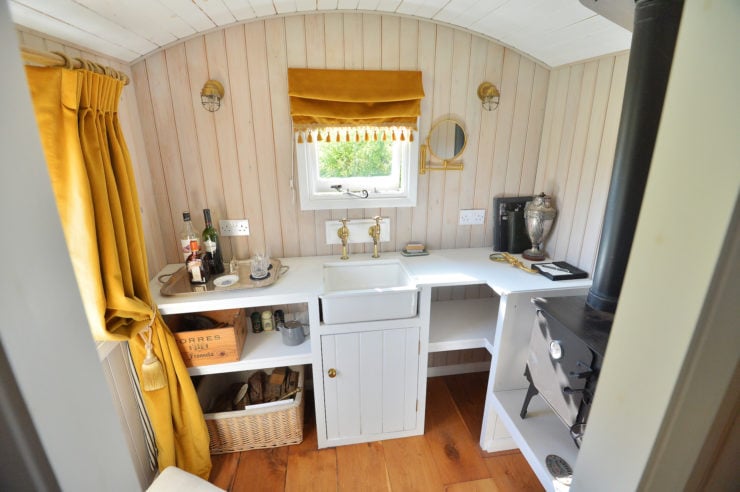

These modern shepherd’s huts are rarely used by farmers, they’ve now become a favorite of the glamping crowd and many people use them as a way of expanding their home accommodation options – the shepherd’s hut essentially becomes a new bedroom in the backyard.
The Modern Shepherd’s Hut Shown Here
The shepherd’s hut you see here is the work of the appropriately named company Artisan Shepherds Huts based in a medieval barn/workshop in Sussex in southern England. The work is all done by the company founder and a highly skilled joiner who had previously been working on listed historic buildings and bespoke furniture.
Each of these shepherd’s huts is built using traditional materials and period correct parts where possible, some even receive wheels cast from molten iron using original patterns. The hut you see here was built on a classic four-wheeled farm trailer fitted with rubber tires, which may make it a little easier to move around.
It has solid oak flooring, carefully chosen fixtures and fittings, a sink with brass taps, electrical outlets, a wood stove for warmth, electric lighting, and a double bed.
It’s due to roll across the auction block with Historics Auctioneers on the 24th of September with a price guide of $20,800 – $28,900 USD (£18,000 – £25,000). if you’d like to read more about it or register to bid you can visit the listing here.
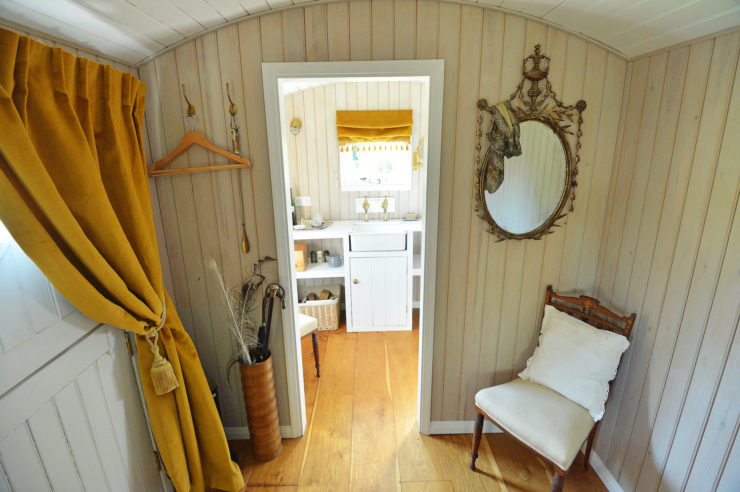
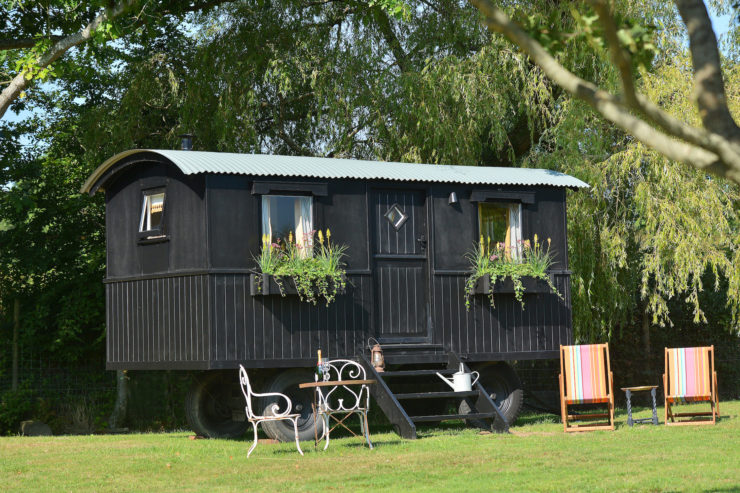
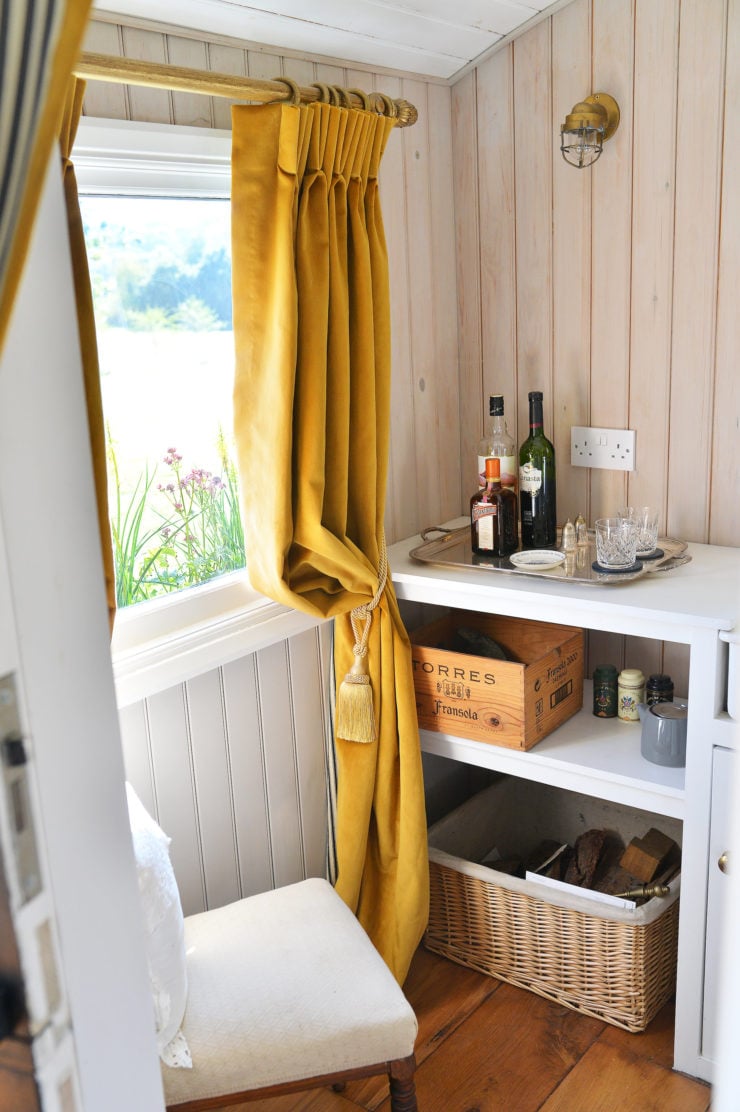
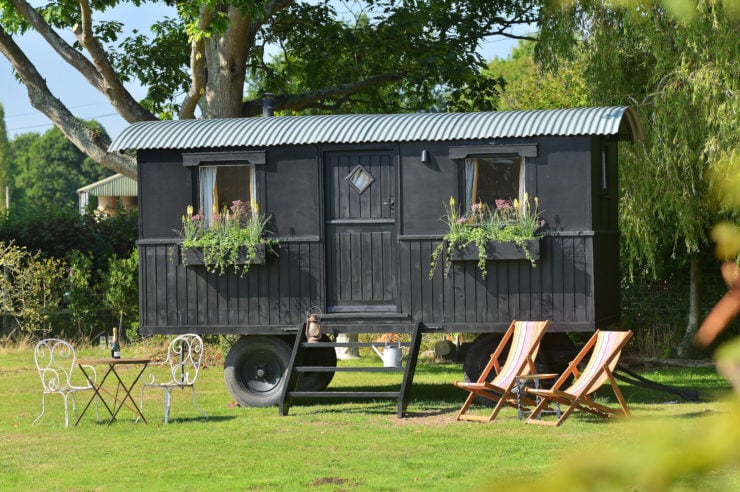
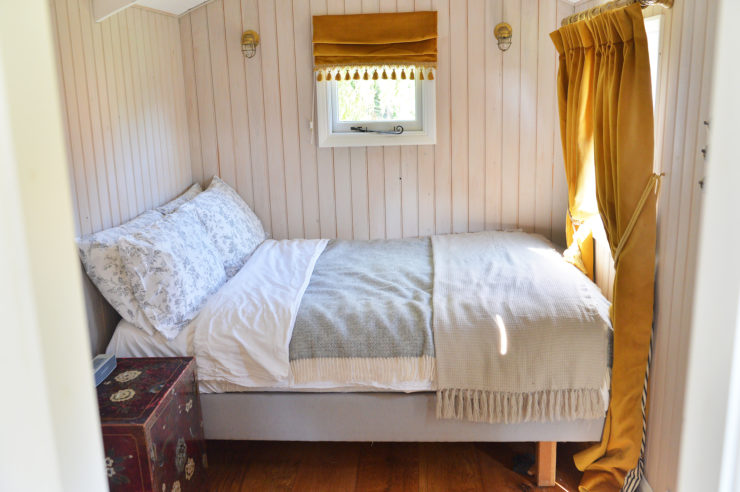


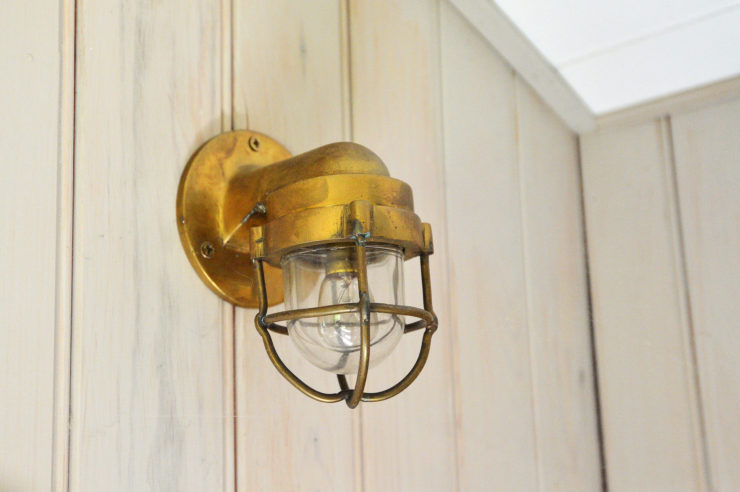
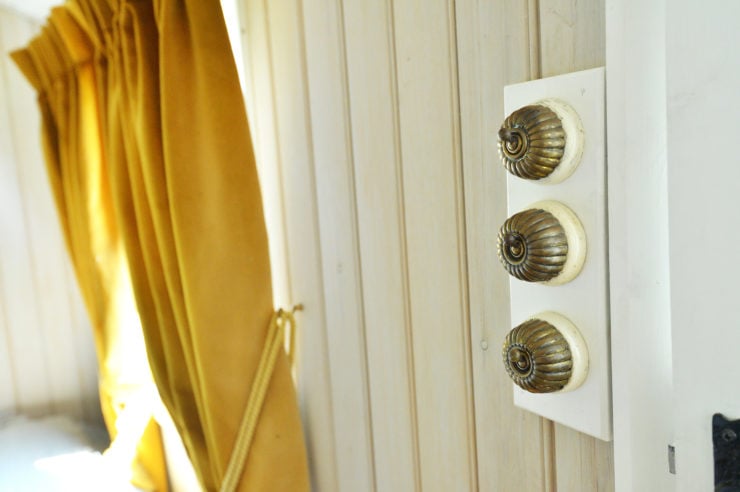
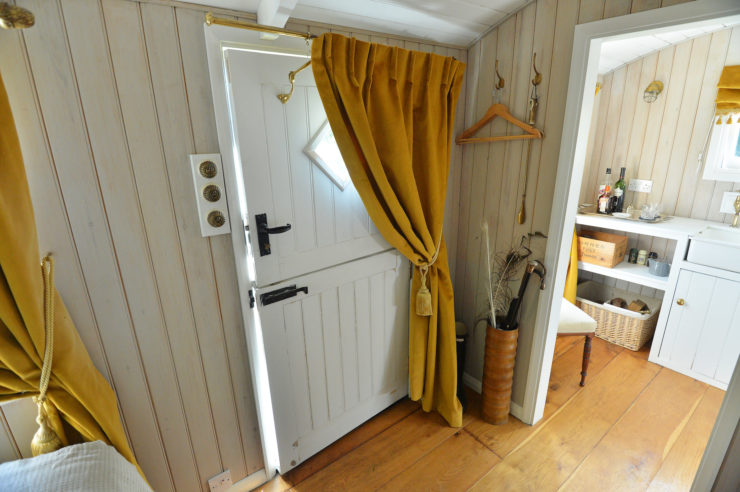
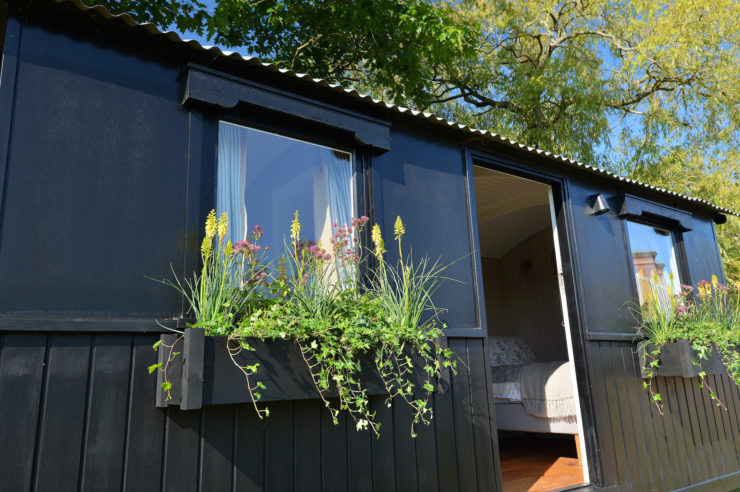

Images courtesy of Historics Auctioneers
Photographer: Jake Darling Photography

